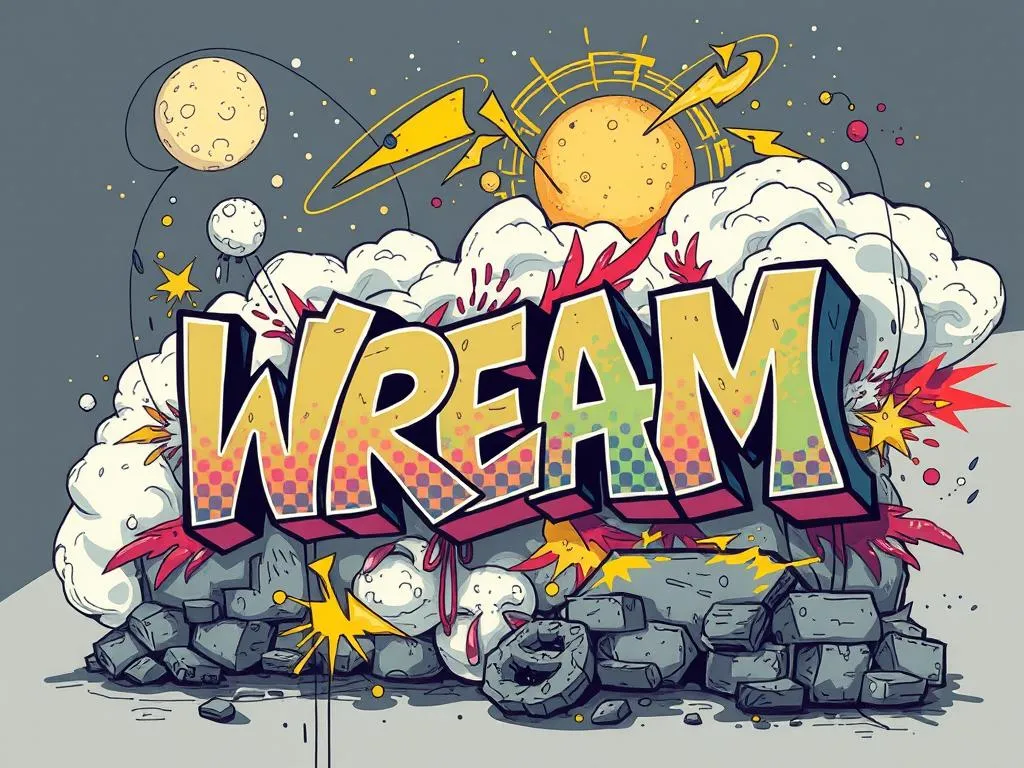Whats In A Dream

Dreams can be fascinating and mysterious. Many people wonder, whats in a dream? Are they just random images and stories, or do they hold deeper meanings? Understanding dreams can help us connect with our emotions, explore our subconscious, and gain insights into our lives. In this blog post, we will delve into the elements of dreams, the insights they offer, and explore related dream scenarios.
About Dream Elements
To comprehend whats in a dream, we first need to explore the different elements that make up our dreams. These elements can include anything from people and places to emotions and events.
Key Characteristics
Dreams often have unique characteristics that set them apart from reality. Here are some key features:
- Vivid Imagery: Dreams can present colorful and detailed images that feel very real.
- Strange Logic: The narrative in dreams may change quickly, often without explanation.
- Emotional Intensity: Dreams can evoke strong feelings, from joy to fear.
- Lucidity: Some people experience lucid dreams, where they are aware that they are dreaming and can control the dream.
Symbolic Meaning
Each element in a dream can represent something deeper. For example:
- Water: Often symbolizes emotions or the subconscious mind.
- Flying: Can represent freedom or a desire to escape.
- Chased: Typically indicates anxiety or avoidance of a situation in waking life.
Understanding the symbolic meaning of these elements can help you decipher your dreams.
Common Contexts
Dreams often arise from our daily experiences and emotions. Common contexts include:
- Stressful Situations: Dreams can reflect anxiety related to work, relationships, or other pressures.
- Life Changes: Events like moving, starting a new job, or ending a relationship can influence dream content.
- Unresolved Issues: Dreams may highlight problems that need attention, helping you confront them.
By recognizing these contexts, you can better grasp whats in a dream.

Dream Interpretation Insights
Interpreting dreams involves more than just looking at their components. It requires understanding their core meanings and emotional connections.
Core Meaning
Every dream has a core meaning that often relates to your waking life. To uncover this meaning, consider these aspects:
- Personal Experiences: Think about recent events or feelings that might relate to your dream.
- Recurring Themes: Identify patterns in your dreams that may indicate ongoing issues.
- Cultural Influences: Some symbols may carry different meanings based on cultural beliefs.
By focusing on these core meanings, you can gain valuable insights into whats in a dream.
Emotional Connections
Dreams often reflect our emotions and can reveal feelings we may not be fully aware of. Here are ways to explore emotional connections in dreams:
- Mood Analysis: Pay attention to how you feel during the dream and upon waking.
- Fear and Anxiety: Identify any fears present in the dream and consider their sources.
- Joy and Happiness: Recognize moments of joy in your dreams to understand what brings you happiness.
Emotional connections can provide a deeper understanding of your dreams and guide you in addressing your feelings.
Key Messages
Dreams can carry important messages that may guide you in your waking life. Here’s how to interpret these messages:
- Listen to Your Intuition: Trust your instincts when interpreting your dreams.
- Look for Clarity: Some dreams may offer clear advice or warnings about your life.
- Take Action: Use the insights gained from your dreams to make positive changes.
By being open to the key messages in your dreams, you can find direction and clarity in your life.
Related Dreams Exploration
Now that we’ve explored the elements and insights of dreams, let’s look at common dream scenarios and their symbolic links.
Similar Dream Scenarios
Certain dreams tend to recur among many individuals. Here are a few common scenarios:
- Falling: Often signifies a lack of control or fear of failure.
- Being Late: Reflects anxiety about meeting obligations or feeling unprepared.
- Teeth Falling Out: Can symbolize concerns about self-image or aging.
Understanding these scenarios can help you connect your experiences to broader themes in dream interpretation.
Symbolic Links
Many dreams share similar symbolic meanings. Here are some links to consider:
- Animals: Often represent instincts or emotions; for instance, snakes may symbolize fear or transformation.
- Transportation: Cars, trains, or planes can symbolize your life’s direction and control over your journey.
- Buildings: Houses may represent the self, with different rooms symbolizing various aspects of your life.
Exploring these symbolic links can help you uncover deeper meanings in your dreams and understand whats in a dream.
Conclusion
In conclusion, understanding whats in a dream involves exploring the various elements, insights, and scenarios that shape our dreaming experiences. By recognizing the characteristics of dreams, interpreting their messages, and reflecting on emotional connections, we can gain valuable insights into our lives.
To summarize the insights we’ve explored:
- Dreams consist of vivid imagery, strange logic, and emotional intensity.
- Each dream element carries symbolic meanings that relate to our waking experiences.
- Emotional connections can reveal hidden feelings and guide us toward personal growth.
- Common dream scenarios and their symbolic links can enhance our understanding of dreams.
As you continue your journey of dream exploration, take time to reflect on your own dreams. Keep a dream journal to note your experiences, feelings, and interpretations. This practice can deepen your understanding and foster personal reflection.
Remember, dreams are a gateway to your subconscious, offering a unique perspective on your life and emotions. Embrace the mystery and allow the insights to guide you on your path to self-discovery.









